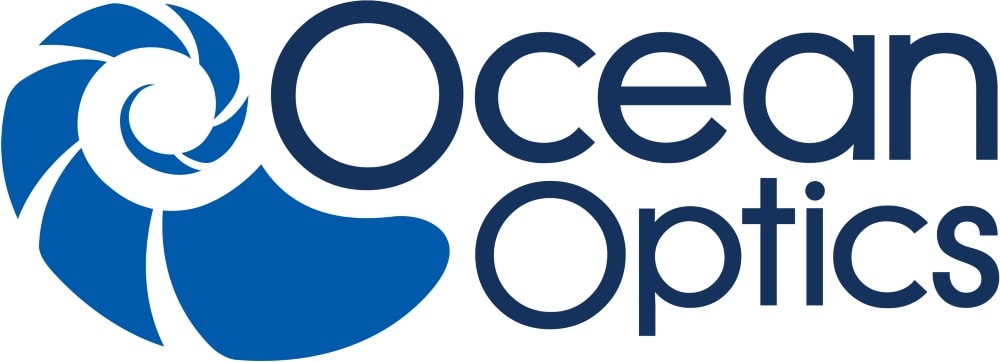This application note shows that sensitive and robust quantitative analysis of PCDD/Fs, compliant with EU performance criteria, is achievable in a routine environment using the Thermo Scientific™ TSQ™ 9000 triple quadrupole GC-MS/MS system.
Introduction
Recent developments in gas chromatography-triple quadrupole mass spectrometry (GC-MS/MS) technologies have allowed their use for confirmatory analysis and control of maximum levels (MLs) and action levels (ALs) of polychlorinated dibenzo-p-dioxins (PCDDs), polychlorinated dibenzop- furans (PCDFs), and dioxin-like polychlorinated biphenyls (dl-PCBs) in certain food and feed samples, according to current EU regulations 644/2017 and 771/2017.1,2
Gas chromatography – high-resolution mass spectrometry (GC-HRMS) employs high mass resolution to provide the high selectivity required for the separation of toxic congeners from any interfering matrix components. By contrast, triple quadrupole tandem mass spectrometry (GC-MS/MS) utilizes highly selective, compound-dependent precursor-to-product transitions to obtain total ion chromatograms (TICs) with little or no interference from nonrelated matrix components.






